UNESCO-designated World Heritage Site in Gyeongju
Governor Kim Kwan-yong of the Gyeongsanbuk-do Province and Mayor Choi Yang-sik of the Gyeongju City have invited many ambassadors and spouses to attend the opening ceremony of the extensive Gyeongju Silk Road Culture Expo plus a tour of the famed Gyeongju Yangdong Korean Folk Village.
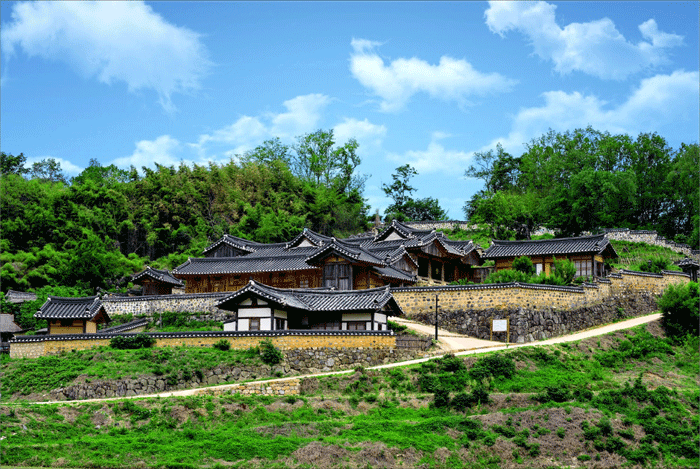
Seoul, the capital city, and the other cities across Korea are becoming more and more internationalized and cosmopolitan with the result that foreign residents and visitors in such large cities miss the opportunity to see and learn ‘true Korea.’ In this sense, the tour for the diplomats to the Yangdong Folk Village is expected to greatly contribute to their understanding of the Korean culture and history.
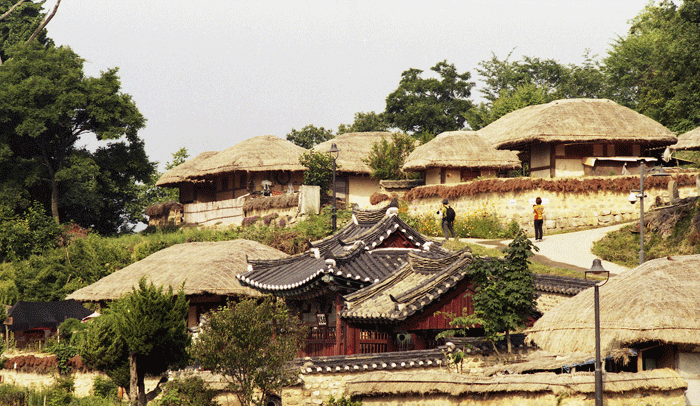
Here are some details of the Yangdong Village contained in the introductory information of the Korean Tourism Organization and Wikipedia:
The Yangdong Folk Village in Gyeongju is a traditional village from the Joseon Dynasty. The village is located in Gangdong-myeon, 16km northeast of Gyeongju, Gyeongsangbuk-do along the Hyeongsan River. Mt. Seolchang stands to the north of the village. The village is designated as Important Folklore Materials No. 189 by the Central government.
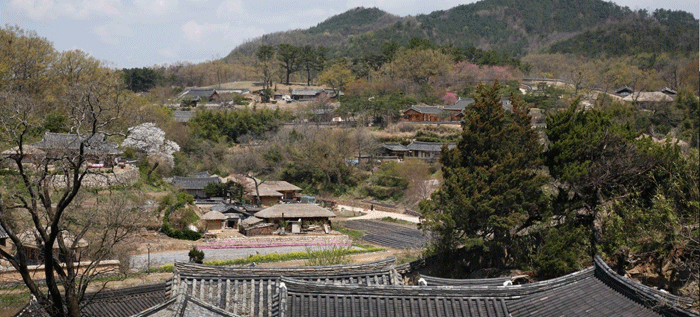
The size, degree of preservation, numerous cultural assets, traditionalism, beautiful natural setting all contribute to the importance of Yangdong Village. It is also a fine example of the Yangban (Korean aristocracy) lifestyle and Neo-Confucian traditions.
The village was founded by Son So (1433-1484). The household of the Wolseong Son clan was placed on an auspicious site according to Korean theories of Pungsu Jiri (geomancy).
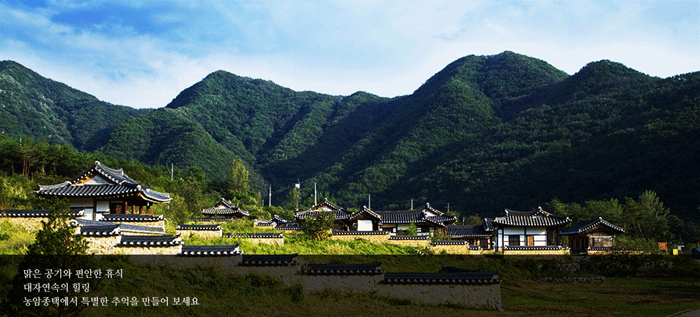
The village has over 160 tile-roofed and thatched-roof homes built throughout the dense forest. Fifty-four historic homes over 200 years old have also been preserved. The village preserves folk customs as well as traditional buildings of traditional Joseon Dynasty architecture. Seobaeko-dang is the primary home of the Wolseong Son Family. Mucheom-dang, is the primary house of the Yeogang Yi family. Hyangdan is National Treasure No. 412. Ihayang-jeon and Simsu-jeong pavilions and the Ganghak-dang village school are also notable structures of the village as well as Gwanga-jeong and Sonsoyeong-jeong. Tonggamsokpyeon, a book printed on movable metal type and National Treasure No. 283, is also located in the village.
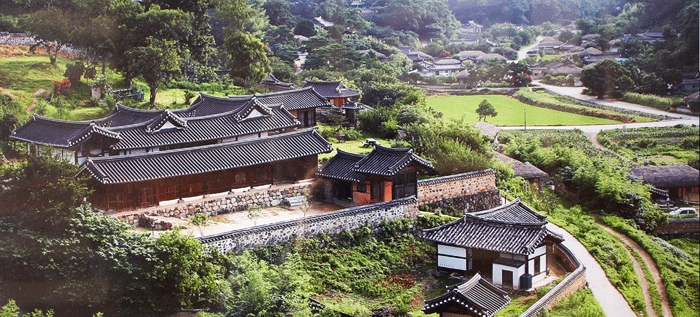
The village follows the topography of the mountains and valleys and is shaped like an auspicious Hanja character. This arrangement has been carefully preserved. The homes of the Wolseong Son and Yeogang Yu clans, as well as their descendants' homes are located on the high ground of the mountains and valleys. The lower-class homes, characterized by their straw-thatched roofs were built on lower ground. The village's organization highlights the severe social stratification characteristic of the Joseon Dynasty society. Prince Charles of the United Kingdom visited Yangdong in 1993.
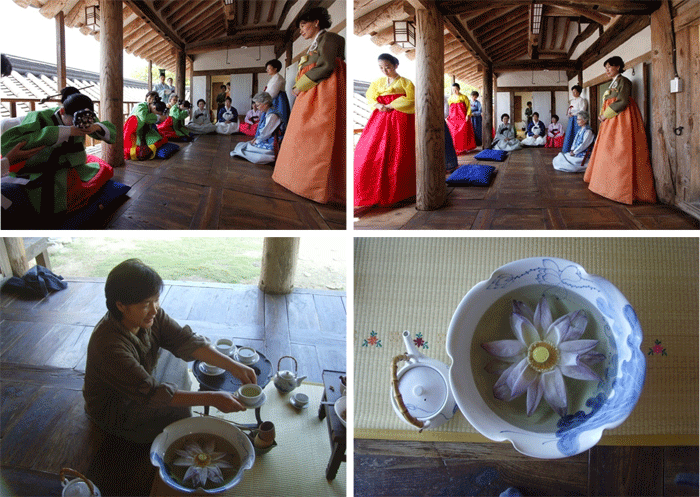
Yangdong is Korea’s largest traditional village, showcasing the traditional culture of the Joseon Dynasty and the beautiful natural surroundings. Thanks to its many cultural heritages, including treasures, national treasures, and folklore materials, the entire village has been designated as a cultural heritage site. Many people have visited this village to see its wealth of cultural heritages and scenic surroundings.

Mt. Seolchang-san and its four spines of mountains can be seen beyond the village. Tile-roofed houses and 500-year-old thatched-roof cottages are nestled within the valley. Fifty-four of these homes, are over 200 years old and have been excellently preserved in their original state, offering a rare opportunity to view a variety of unique Korean traditional houses in person.
The two families that live in this village, the Wolseong Son family, and the Yeogang Yi (Lee) family, have lived there for 500 years.
This village contains traditional Joseon culture as it was, so the whole village became an important folk reference in 1984.

Of the large Hanoks (tile-roofed houses) of the wealthy high on the hill, and the servants- grass-thatched houses at the bottom of the hill, only about 150 remain.
The most important buildings of this village are the house of Son Jung-Don, and the home of the father of Yi Eon-Jeok, one of the five most highly regarded intellectuals of the Joseon period.
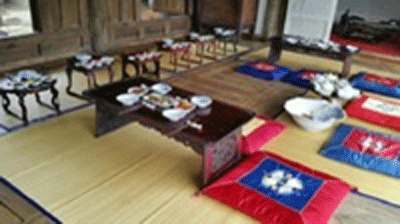
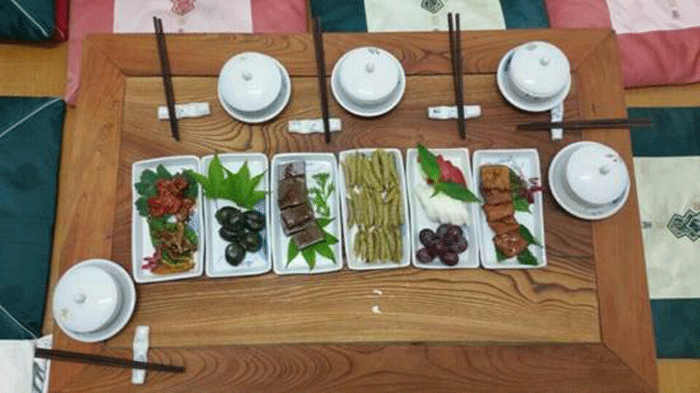
At Yangdong Folk Village there are programs for children to experience living a traditional village life. Also there are traditional culture programs such as Hanji, traditional paper craft, and Seodang, the school system of Joseon.


